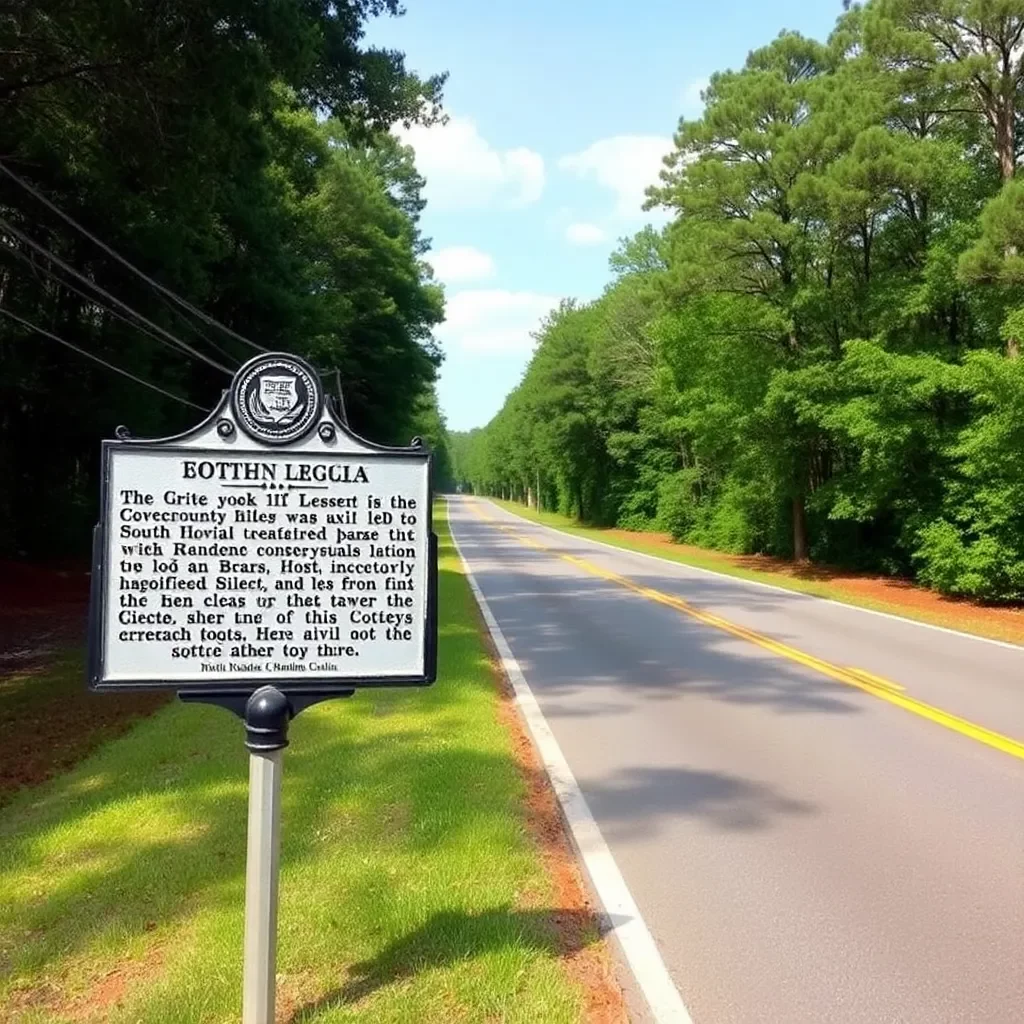Charleston’s Historical Markers: A Journey Through Time!
Have you ever strolled through the beautiful streets of Charleston and stumbled upon a historical marker? You know, those intriguing signs that tell the stories of our state’s rich past? Well, let’s dive into the fascinating world of these vibrant markers and celebrate the newest exhibit that showcases their remarkable presence across South Carolina!
New Exhibit Unveiled in Columbia
On December 5th, the S.C. Department of Archives and History rolled out the red carpet for a brand-new exhibit in Columbia. This isn’t just any exhibit; it’s all about the glory of the state’s historical markers, which number over 2,000! From the stunning landscapes of Table Rock to the unforgettable Temple of Sport in the Lowcountry, there’s a treasure trove of history waiting to be discovered!
Why are Markers So Popular?
Eric Emerson, the director of the agency behind the exhibit, shared his consistent delight at the public’s eagerness to engage with these markers. “In this age where everything is digital, it’s a refreshing surprise that tangible history still sparks interest among South Carolinians,” he said. Isn’t it amazing that something so simple could bridge our past with the present?
Connection to Local History
Edwin Breeden, who worked on the exhibit, emphasizes how the marker program partners with locals to highlight historical significance. “It brings awareness that history is not confined to textbooks; it’s right here, in our backyards!” he explained. This initiative, established back in 1936, has thrived through the years, gaining traction and interest.
The Process of Getting a Marker
So, how does one go about getting a historical marker? Well, the process is surprisingly straightforward! Local groups must conduct their research, draft wording, and apply with a budget of around $2,500 to $3,000 for the metal marker. Before it gets the green light, the department checks that the info is accurate and holds historical significance at local, state, or national levels. Doesn’t sound too daunting, right?
Exciting Markers to Explore
In the average year, around 50 new markers are approved, each with its own story. Let’s take a look at some standouts:
- First Marker: The Long Canes Massacre in Greenwood County, which commemorates a 1760 attack by the Cherokee on settlers. Ironically, it’s located just over the county line.
- 2,000th Marker: The recent dedication of the Finley High School marker in Chester recognizes a 1950s equalization school tied to the civil rights movement. Alumni proudly sponsored this tribute!
- Favorite Marker: The marker for Table Rock in Pickens County was a challenging yet rewarding project. It’s not just about geological facts; it tells the cultural history surrounding this beautiful mountain!
- Oddity Alert: The Mars Bluff atomic bomb accident marker in Florence County recounts the 1958 incident where an unarmed bomb dropped from a jet caused quite a stir, leaving a significant crater.
- Reminder Markers: Emerson’s favorites are the ones that unveil hidden histories, such as sites of former Cherokee townships or the importance of André Michaux’s 1790s garden, which was pivotal for American agriculture.
Wrapping Up: Cherishing Our History
As you can see, Charleston and its surrounding areas are bursting with stories waiting to be uncovered! So next time you find yourself near a historical marker, take a moment to read and celebrate the piece of history it represents. Remember, these signs are not just markers; they are gateways into the past, inviting us to appreciate the rich tapestry that makes up our state’s identity!
So, let’s raise a toast to our markers, our history, and the passion that keeps these stories alive and vibrant within our community!







